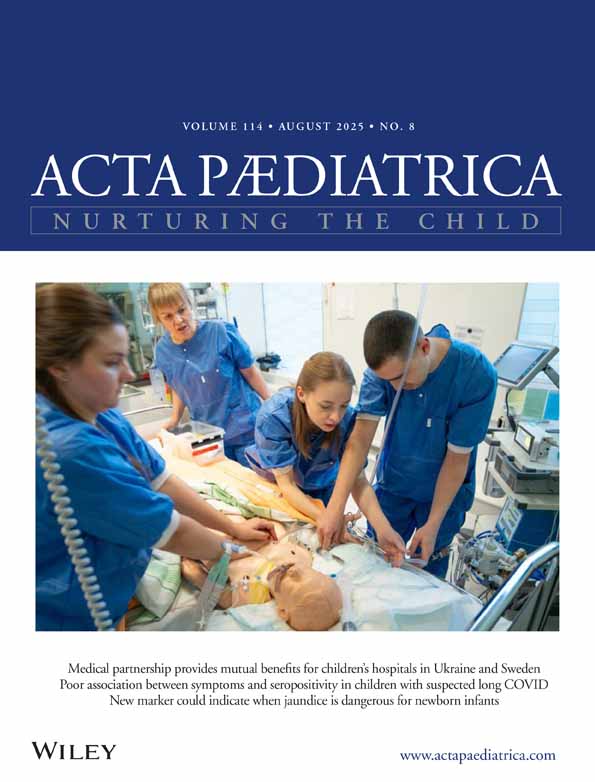Idiopathic Hypercalciuria in Children
Classification, Clinical Manifestations and Outcome
Abstract
ABSTRACT. Between 1981 and 1983, 49 children aged 2 to 15 years were diagnosed as having idiopathic hypercalciuria (IH). They were divided into 3 groups based on their response to dietary manipulation: group I (32/49) had absorptive hypercalciuria; group II (8/49) had renal hypercalciuria and group III (6/49) had sodium-dependent hypercalciuria. Response to diet was more reliable than Pak's test in differentiating between the three groups. A control group (CG) of 45 healthy, age matched children determined baseline levels for all metabolic parameters. At the time of presentation IH children did not differ from the CG in height or weight. Fifty percent of IH children had first degree relatives with urolithiasis. Yet, only 16% of the IH children had urolithiasis, the majority presenting with gross hematuria and urinary tract infections (UTI). With few exceptions the clinical symptoms resolved when urine calcium excretion was controlled. Severe calcium restriction in a few patients produced osteoporosis and delayed bone age although growth velocity was unaffected. Thiazide therapy in a few patients produced some metabolic derangements. The authors conclude that IH in childhood is a benign disease which may present with UTI or hematuria. They further propose a new classification method based on response to dietary manipulation.




